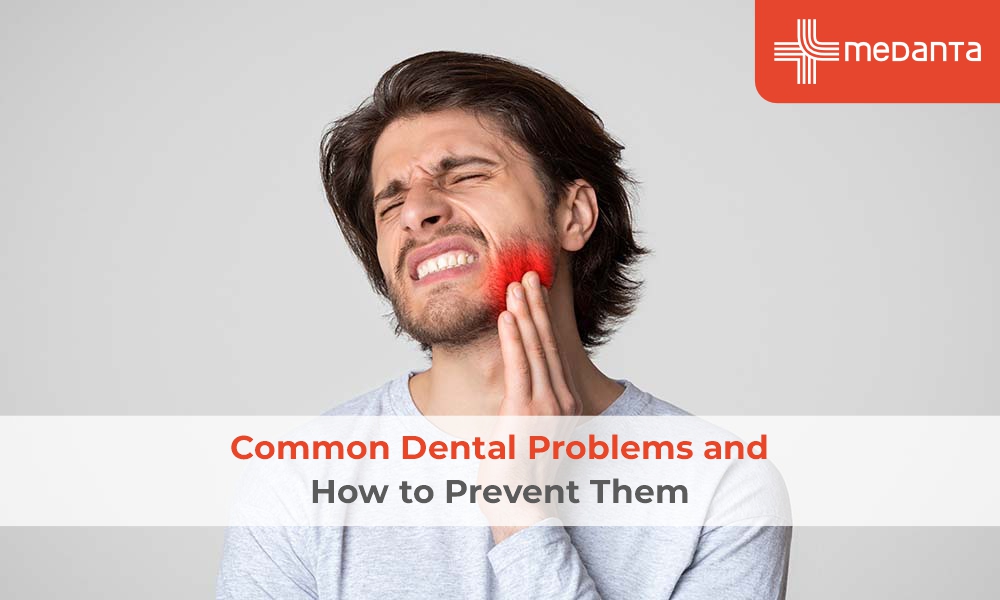Combat PCOS Hirsutism: 8 Proven Medical Solutions for Confidence Boost

Polycystic ovary syndrome (PCOS) is a hormonal imbalance that affects a significant number of women of reproductive age. One of the visible and often distressing symptoms of PCOS is hirsutism, characterised by excessive unwanted hair growth on the face, chest, abdomen, and back – areas where men typically grow hair. In fact, about 5%-10% of women worldwide have hirsutism.
This abnormal hair growth can be a major source of self-consciousness and negatively impact a woman's confidence. In this blog, we’ll talk about 8 medical solutions for giving you a confidence boost, and much more!
What Is Hirsutism?
Hirsutism is a condition that primarily affects women and individuals assigned female at birth (AFAB), characterised by excessive hair growth in areas typically associated with male patterns.
The excess hair is usually dark and coarse, unlike the light, fine "peach fuzz" that typically covers most of the body.
Causes of Hirsutism
Hirsutism stems from elevated levels of male hormones, known as androgens. While women naturally produce androgens at normal levels, excessive amounts can trigger excess hair growth. Additionally, heightened androgen levels may manifest in other symptoms such as acne, a deepened voice, and underdeveloped breasts.
In some cases, even with normal androgen levels, individuals may experience hirsutism due to heightened sensitivity of hair follicles to male hormones, a condition referred to as follicle sensitivity.
Top 8 Medical Solutions for PCOS-Related Hirsutism
Here are 8 most commonly used medical solutions for Pcos-related hirsutism:
- Hormonal Birth Control Pills: Birth control pills containing both oestrogen and progestin are a popular PCOS treatment. They regulate your menstrual cycle, suppress androgen production, and can significantly reduce unwanted hair growth over time.
- Anti-Androgen Medications: These medications directly target and block the effects of androgens on your body. They come in various forms like pills, topical creams, and injections. Examples include spironolactone and flutamide.
- Metformin: This medication, typically used for type 2 diabetes, can also be helpful for managing PCOS. It improves insulin sensitivity, which can indirectly regulate androgen levels and reduce hirsutism.
Cosmetic Solutions:
- Threading: This traditional hair removal technique uses a cotton thread to twist and remove unwanted hair. It's a good option for facial hair, especially for those with sensitive skin. However, threading needs to be done more frequently than waxing.
- Waxing: Waxing removes hair from the root, offering smoother skin for several weeks. However, repeated waxing can irritate the skin, and there's a risk of ingrown hairs.
- Bleaching: While not a permanent solution, bleaching unwanted hair can lighten it significantly, making it less noticeable. Bleaching creams and powders are readily available over the counter. Be sure to do a patch test before full application to avoid skin irritation.
- Electrolysis: This is another option for permanent hair removal. It involves inserting a thin probe into each hair follicle and applying an electric current to destroy it. Electrolysis is a time-consuming process, but it can be effective for small areas.
- Laser Hair Removal: This cosmetic procedure uses concentrated light beams to destroy hair follicles, leading to permanent hair reduction. While it requires multiple sessions and may not be suitable for all skin types, laser hair removal offers a long-term solution for unwanted hair growth.
Choosing the Right Treatment
The best treatment for PCOS-related hirsutism depends on several factors, including:
- Severity of your symptoms
- Your overall health
- Skin type
- Personal preference
It's crucial to discuss your concerns and PCOS treatment options with your doctor. They can help you create a personalised plan that addresses your specific needs and ensures your safety and well-being.
The Emotional Impact of Hirsutism
Unwanted hair growth can be a significant source of emotional distress. It can lead to feelings of embarrassment, anxiety, and even social withdrawal. Women with PCOS hirsutism may avoid wearing certain clothes, participating in activities that reveal their skin, or struggle with intimacy.
Beyond Medical Solutions: Building Confidence
Remember, you're not alone in this journey. PCOS and hirsutism are manageable conditions. By working with your doctor and exploring the available PCOS treatment options, you can effectively manage unwanted hair growth and reclaim your confidence. Here are some additional tips:
- Focus on your strengths: Don't let hirsutism define you. Celebrate your talents, achievements, and positive qualities.
- Embrace a healthy lifestyle: Regular exercise and a balanced diet can improve your overall well-being and boost your mood.
- Connect with supportive people: Surround yourself with friends and family who understand and accept you for who you are.
- Consider therapy: Talking to a therapist can help you manage emotional distress related to hirsutism and develop healthy coping mechanisms.
- Join a support group: Connecting with other women facing similar challenges can provide valuable emotional support and a sense of community.
- Focus on self-care: Prioritise activities that make you feel good about yourself, such as exercise, healthy eating, and relaxation techniques.
- Embrace body positivity: Surround yourself with positive influences and practice self-acceptance.
Final Words
Managing polycystic ovary syndrome (PCOS) requires a multifaceted approach encompassing lifestyle changes, medications, and, in some cases, surgical interventions. By adopting a healthy lifestyle, including regular exercise and a balanced diet, and working closely with healthcare providers to tailor treatment to individual needs, women with PCOS can effectively manage symptoms and improve their overall health.






